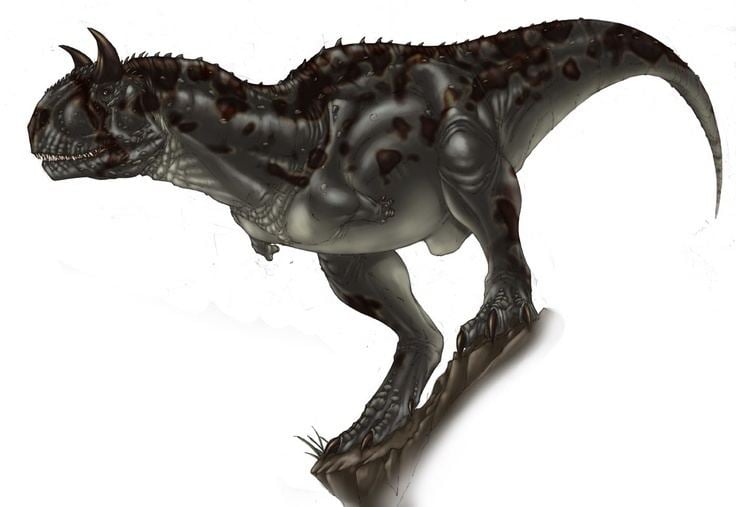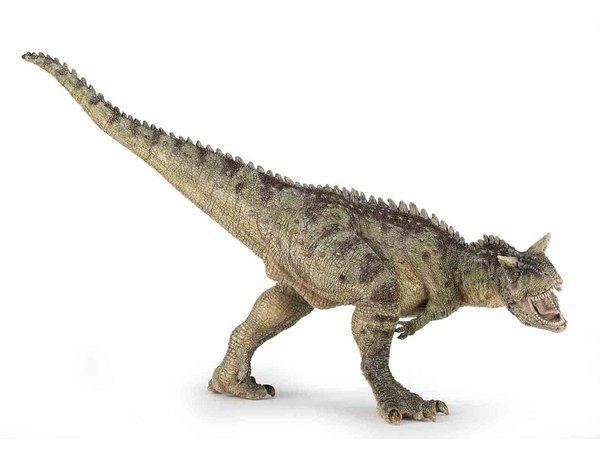Clade Avetheropoda Higher classification Avetheropoda | Phylum Chordata Scientific name Carnosauria Rank Infraorder | |
Clade †Carnosauriavon Huene, 1920 Lower classifications | ||
Carnosauria is a large group of predatory dinosaurs that lived during the Jurassic and Cretaceous periods. While it originally contained a wide assortment of giant theropods that were not closely related, the group has since been defined to encompass only the allosaurs and their closest kin. Starting from the 1990s, scientists have discovered some very large carnosaurs in the carcharodontosaurid family, such as Giganotosaurus and Tyrannotitan which are among the largest known predatory dinosaurs.
Contents

Distinctive characteristics of carnosaurs include large eyes, a long narrow skull and modifications of the legs and pelvis such as the thigh (femur) being longer than the shin (tibia).

Bobby tornado carnosauria
SystematicsEdit
Modern cladistic analysis defines Carnosauria as those tetanurans sharing a more recent common ancestor with Allosaurus than with modern birds.
TaxonomyEdit
Carnosauria has traditionally been used as a dumping ground for all large theropods, but analysis in the 1980s and 1990s revealed that other than size, the group shared very few characteristics, making it polyphyletic. Most former carnosaurs were reclassified as more primitive theropods (such as the megalosaurids, the spinosaurids, and the ceratosaurs). Others were placed in Coelurosauria if they were more closely related to birds, like the tyrannosaurids. Even non-dinosaurs were once considered carnosaurs, such as the rauisuchian Teratosaurus.
PhylogenyEdit
The clade Allosauroidea was originally proposed by Phil Currie and Zhao (1993; p. 2079), and later used as an undefined stem-based taxon by Paul Sereno (1997). Sereno (1998; p. 64) was the first to provide a stem-based definition for the Allosauroidea, defining the clade as "All neotetanurans closer to Allosaurus than to Neornithes." Kevin Padian (2007) used a node-based definition, defined the Allosauroidea as Allosaurus, Sinraptor, their most recent common ancestor, and all of its descendants. Thomas R. Holtz and colleagues (2004; p. 100) and Phil Currie and Ken Carpenter (2000), among others, have followed this node-based definition. However, in some analyses (such as Currie & Carpenter, 2000), the placement of the carcharodontosaurids relative to the allosaurids and sinraptorids is uncertain, and therefore it is uncertain whether or not they are allosauroids (Currie & Carpenter, 2000).
The cladogram presented here follows the 2010 analysis by Benson, Carrano and Brusatte.
"Carnosaurus"Edit
Not to be confused with Carnotaurus"Carnosaurus" is an informal generic name, attributed to Friedrich von Huene, 1929; it a typographical error created by the translation of the von Huene monograph from German to Spanish because von Huene himself intended to assign indeterminate remains to Carnosauria incertae sedis.
